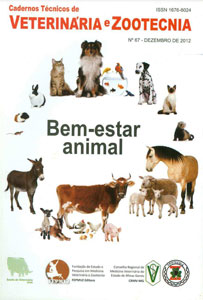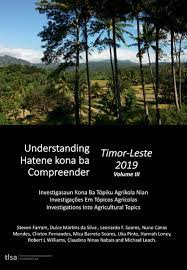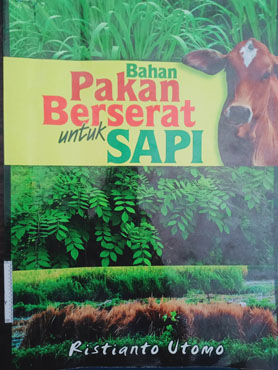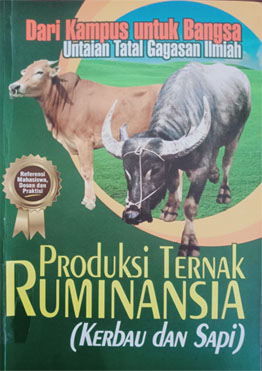The Microbiology of Meat and Poultry
Login
loginThe microbiology of meat began to attract attention almost immediately following the founding of bacteriology as a science in its own right. With the passing years there has been an ebb and flow of interest which can be related to contemporary practices in commerce. Thus there was much activity in
meat microbiology in the 1930s when for the first time large amounts of meat were being shipped long distance - from Australia to the UK, for example. There was a pronounced renewal of interest in the 1950s when the growth of supermarkets called for joints of meat that had some of the characteristics of an item of grocery - a wrapped product with a predictable shelf-life under controlled conditions. In attempts to achieve this goal, food technologists created packaging systems that had two attributes, extension of shelf-life, a topic discussed in this book, and selection of associations of
little known or, in some cases, previously unknown species of bacteria. In practice the present book provides critical reviews of the major groups of yeasts and bacteria that can grow on and spoil meat. Additionally the book focuses attention on the many subtle interactions that occur between micro-
organisms and the wide range of chemicals found in meat - probes for deter- mining the freshness of meat will surely be a product of this line of research. This book, probably for the first time, draws attention to the fact that the concerns/demands of supermarkets in developed countries have distracted attention from the practices that have evolved over hundreds of years which have enabled people in hot climates to have meat included in their daily diet. This topic is included in the book as well as chapters that contrast the microbiological problems generated by the processing of vast numbers of poultry per day with those of a beef, pig and sheep processing line. A reader may well pose the question - How can it be that a book on meat microbi- ology does not have a chapter(s) dealing with food-borne diseases? In the opinions of the editors, such a question is easily answered. Meat spoilage and the related microbiology is largely concerned with factors occurring after slaughter. Recent experience tells us that diseases such as BSE and food poisoning due to E. coli 0157 need to be considered against a very broad canvas. Indeed the topic of meat-borne diseases would have been
trivialized had it been considered superficially in a couple of chapters in this book. The editors wish to thank the authors for all their hard work in produc- ing chapters of quality and Rose Gilliver of the publishers for endless patience.











